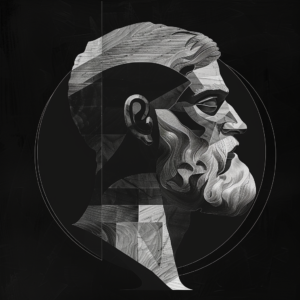
Syllogism Spotter
Unearth hidden syllogisms within any texts, identifying logical structures that power the arguments
Have you ever found yourself grappling for that perfect word that’s just on the fringe of your memory? The Reverse Dictionary is an innovative tool designed to bridge the gap between concepts and vocabulary. Whether you are a writer, a student, or simply a curious mind, this utility can help you refine your ideas into precise words. Below is a guide on how to make the most of this resourceful tool.
The main feature of this tool is the text field where you can describe the concept or idea for which you need a word. Here’s how to use it:
The Reverse Dictionary is a valuable asset for anyone looking to enhance their language and communication skills. By following this guide, you can efficiently use the tool to pinpoint the exact word you need to express your thoughts with clarity and precision. Happy word hunting!
How did this tool work for you? How can we make it better? Please send us your feedback by using the form below and include as many details as you can.

Unearth hidden syllogisms within any texts, identifying logical structures that power the arguments
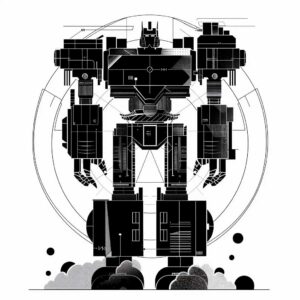
Write or paste a body of text and this tool will rewrite it with a new tone of voice or style based on your instruction.

Learn anything with a concise explanation even a five year old can understand.
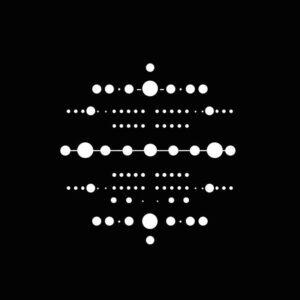
Convert words and numbers into Morse Code or decode messages back into text. Works in any language.

Mix words together to create fun and totally unique portmanteaus perfect for brand names or creative projects.

The Analogy Maker is like a bridge in the way it connects unfamiliar ideas to familiar ones, making complex concepts easy to understand.
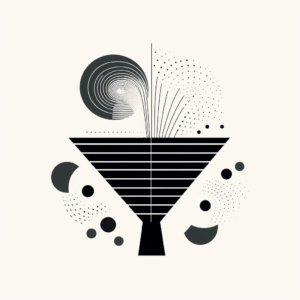
Get a brief summary or important bullet points from any piece of content.

Rewrites a one or more sentences using idioms and figurative expressions for extra flavor or cultural depth.

Get help describing the style of a piece of art, music, writing, or artist in a clear and succinct way.
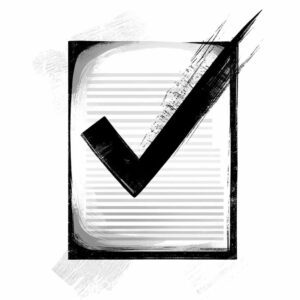
Check and fix grammar errors automatically. Get helpful recommendation to improve clarity.

Identify overused and predictable phrases in your writing.

Type as fast as you can. This tool will decipher and rewrite the text to be clean and grammatically correct.

Word.Studio offers a collection of AI-powered tools designed to help you write, brainstorm, research and refine refine ideas. Subscribe our Pro membership to to get full access to every tool we offer.

